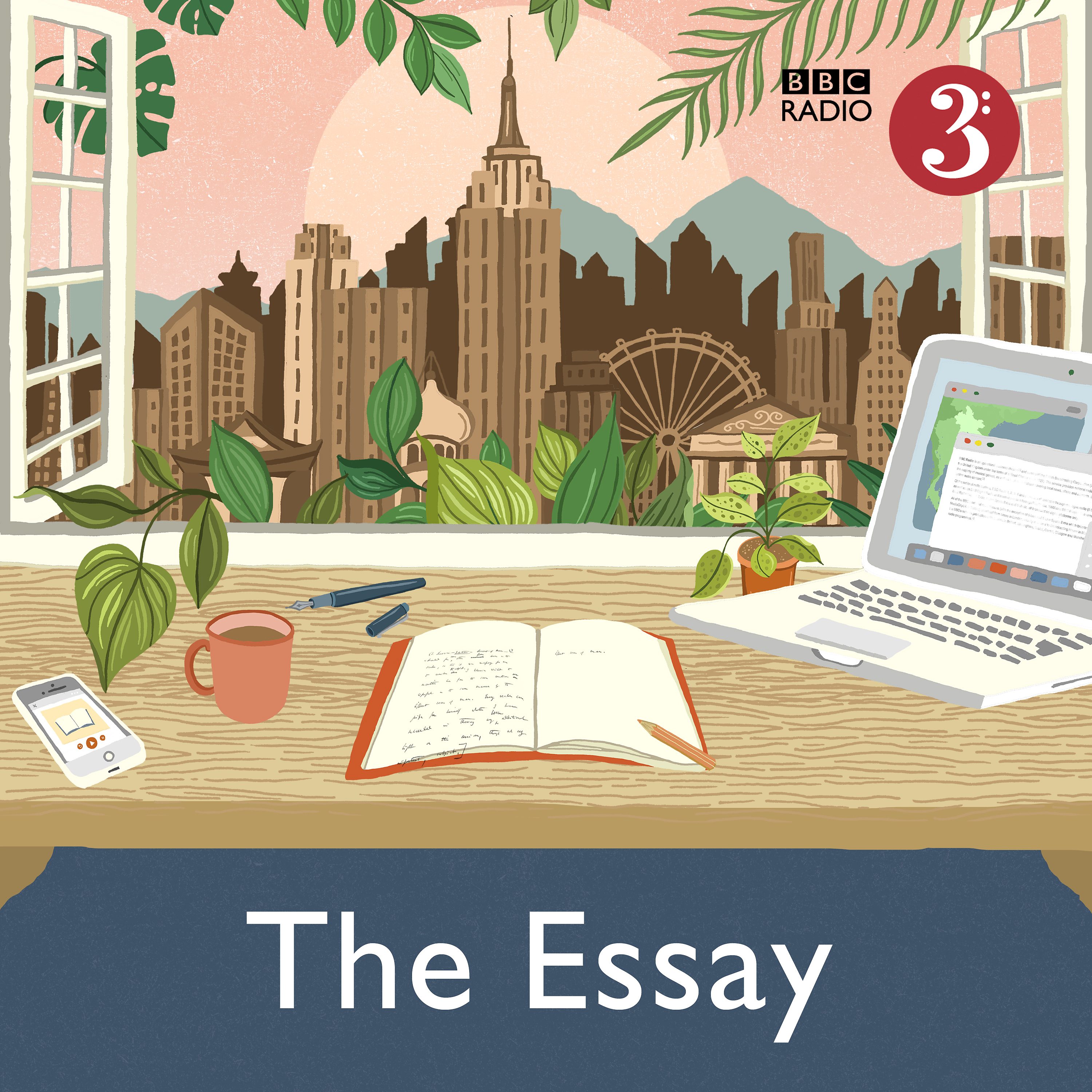- Culture
- SEE MORE
- classical
- general
- talk
- News
- Family
- Bürgerfunk
- pop
- Islam
- soul
- jazz
- Comedy
- humor
- wissenschaft
- opera
- baroque
- gesellschaft
- theater
- Local
- alternative
- electro
- rock
- rap
- lifestyle
- Music
- como
- RNE
- ballads
- greek
- Buddhism
- deportes
- christian
- Technology
- piano
- djs
- Dance
- dutch
- flamenco
- social
- hope
- christian rock
- academia
- afrique
- Business
- musique
- ελληνική-μουσική
- religion
- World radio
- Zarzuela
- travel
- World
- NFL
- media
- Art
- public
- Sports
- Gospel
- st.
- baptist
- Leisure
- Kids & Family
- musical
- club
- Health & Fitness
- True Crime
- Fiction
- children
- Society & Culture
- TV & Film
- gold
- kunst
- música
- gay
- Natural
- a
- francais
- bach
- economics
- kultur
- evangelical
- tech
- Opinion
- Government
- gaming
- College
- technik
- History
- Jesus
- Health
- movies
- radio
- services
- Church
- podcast
- Education
- international
- Transportation
- Other
- kids
- podcasts
- philadelphia
- Noticias
- love
- sport
- Salud
- film
- and
- 4chan
- Disco
- Stories
- fashion
- Arts
- interviews
- hardstyle
- entertainment
- humour
- medieval
- literature
- alma
- Cultura
- video
- TV
- Science
- en
Christmas Pudding

b"
Essay 5: Christmas Pudding
A new series of essays written and read by the very popular Fiona Stafford, Professor of Literature at Somerville College, Oxford, following her much praised series of essays The Meaning of Trees and Composers and their Dogs. Here Fiona explores some of the world\\u2019s favourite puddings, all of which have surprising stories and have become symbols far beyond the pudding bowl.
Christmas pudding. A British icon, supposedly a classless, medieval religious symbol but which owes its modern prominence to Dickens. Exported as Empire Pudding, it is loved around the Commonwealth. There are surprising local adaptations in Asia (especially India) and the Caribbean, adding spices and exotic elements and renaming it as their own Christmas tradition. Thus it symbolises the reverse appropriation of imperialism. Key ingredient: dried fruit. Dates back to 4000 BC, much older than any religion, hence its role in nearly all of them. Christmas pudding is an example of the Victorians inventing many of our \\u201ctraditions\\u201d we think of as older. Charles Dickens was a major creator of modern ideas of Christmas, with Mrs Beeton\\u2019s recipe for 'Exceedingly Good Plum Pudding' (later Christmas pudding) whether flamb\\xe9ed or teetotal, establishing the British idea of Christmas centring on particular foods. Literary examples include Edward Lear's wacky villain, 'The Plum Pudding Flea'. Seeing and eating a Christmas pudding is like breaking into hot earth, a sweet, steaming mound of loam that looks rich enough to plant and grow the healthiest of Christmas trees; a universal substrate for a global festival. And then \\u2026 there\\u2019s the tooth-breaking sixpence-in-the-pudding tradition.
Producer \\u2013 Turan Ali\\nA Bona Broadcasting production for BBC Radio 3
"